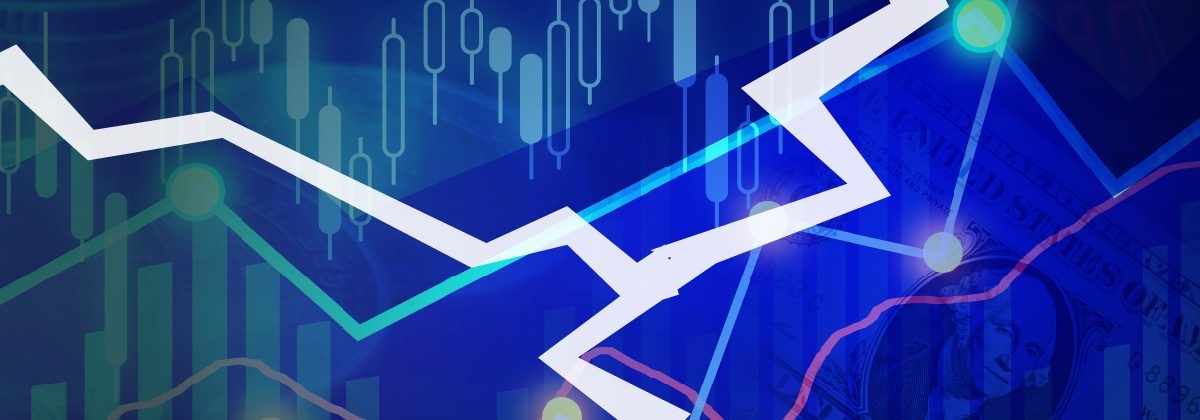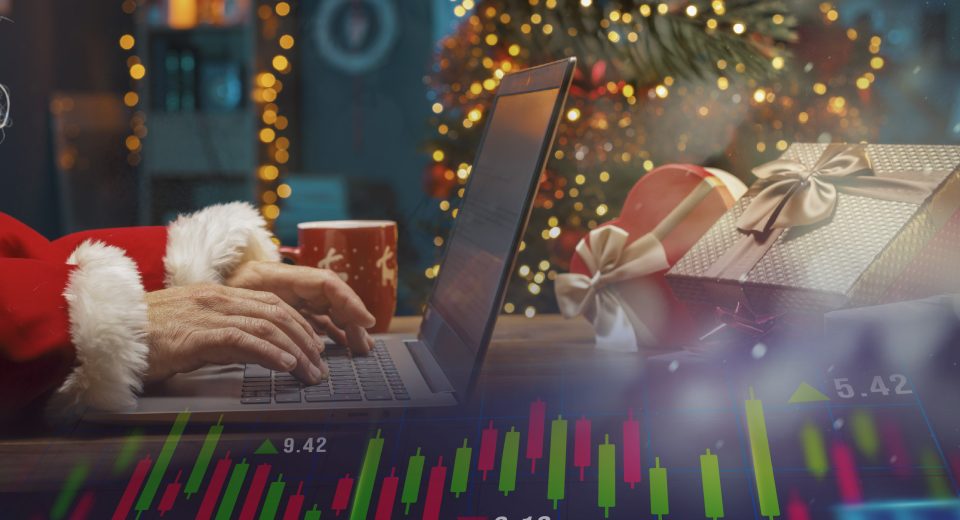How are CFDs Different from Futures and Options

Derivatives allow traders to gain exposure to price fluctuations in the financial markets without having to buy and own the underlying asset.
The rise and phenomenal growth of the derivatives market was initially driven by technological advancements that have made them more accessible for retail traders. Over the past decade, the popularity of derivatives has risen due to heightened volatility in the financial markets, triggered by the pandemic, economic uncertainties, rapid changes in interest rates, and geopolitical tensions. High volatility creates more attractive trading opportunities and derivatives offer a far more cost-effective way of capitalising on these.
The global derivatives market, which includes CFDs (contracts for difference), futures and options, is colossal, estimated at as much as $1 quadrillion (that’s 1 followed by 15 zeros!). Let’s dive deeper into this market and understand the most popular instruments.
Types of Derivatives
The most popular derivatives are CFDs, futures and options. They offer different ways to trade a wide range of financial markets, including forex, indices, commodities, stocks, and more. Here’s a look at how CFDs differ from futures and options.
CFDs: They are financial contracts that allow traders to speculate on changes in the price of assets. Traders can use CFDs to trade in both rising and falling markets, by going long or short.
Futures: These are financial contracts between the buyer and seller of an asset who agree to exchange the asset at a predetermined price at a future date. In futures, the buyer accepts the obligation to buy the underlying asset, while the seller accepts the obligation to sell it. The exchange may take place at or before the expiry date of the contract, at the predetermined price.
Options: These financial contracts give the buyer and seller the right, but not the obligation to exchange the underlying asset at a predetermined price within a specified timeframe. A ‘call’ option is a contract to buy, while a ‘put’ option allows the holder to sell the asset at the strike price. If the market moves according to expectations, the trader can exercise the option. If, on the other hand, the market moves in the opposite direction, the trader can let the option expire. However, the trader cannot recover the associated charges.
Difference Between CFDs and Futures
CFDs are more popular among new traders due to the many advantages they offer over futures.
| CFDs | Futures |
| Price determined by the spot (current) price of the underlying asset. | Price influenced by speculations by traders and financial institutions of the possible future price of the underlying asset. |
| Simple, making it more popular among beginners. | Complexities deter beginners. |
| Easier to track and set up alerts. | Need to monitor price fluctuations as the contract approaches its expiry. |
| CFDs can be used for trading a wide range of instruments, including forex, indices, stocks, metals, and commodities. | Futures are mostly used for trading oil, gold, and natural gas. |
| No ownership of the physical asset. | Failure to close or roll over a position can lead to the delivery of the physical asset. |
| Offering greater flexibility, CFDs are preferred by traders with shorter time horizons, like scalpers and intraday traders. | Futures are generally held by traders with longer time horizons, extending to weeks and even months. |
Difference Between CFDs and Options
The simplicity of trading CFDs makes them more popular among new traders. There are a few other benefits of CFDs versus options.
| CFDs | Options |
| More transparent pricing. CFD prices are driven by movements in the price of the underlying asset. | Options include premiums, making it more complex to speculate on prices. |
| No expiry dates, giving traders the flexibility to open and close positions as they want. | Options have expiry dates, following which they become worthless. |
| Easier to track and set up alerts. | Need to monitor price fluctuations before the contract expires. |
| More robust risk management is possible with CFD trading, like placing take profit and stop loss orders. | Risk management is all about diversification and monitoring price fluctuations in the underlying asset. |
Benefits of Trading CFDs
Simple: Trading CFDs is simpler than buying, holding, and selling the underlying asset. It is also simpler than trading futures or options. This is why new traders typically prefer beginning their trading journeys with CFDs.
Cost-effectiveness: Since CFDs provide exposure without having to own the underlying asset, they allow traders to open smaller positions. This translates to lower costs of trading.
Better risk management: Position sizing is an important part of portfolio management. Large positions amplify risks. With CFDs, traders can choose position sizes as per their financial goals and risk appetite.
Leverage: Position sizes that are too small generate very low returns even when a trader’s analysis proves out. Leverage allows traders to get larger exposure with a smaller capital outlay. For instance, if the leverage is 1:100, a trader can open a position of $100 by putting in only $1. This significantly magnifies the returns, provided the market moves as expected. It’s important to remember, however, that leverage also increases the risk of losses in the event the market moves in the opposite direction.
Trade both rising and falling markets: CFDs offer many more trading opportunities by allowing traders to participate in the underlying asset’s price action in either direction. Traders who expect the price to rise can decide to go long, while those who project a market correction can go short.
Flexibility: Unlike futures and options, CFDs do not have a set future price or a date of expiry. They give traders complete control of when they wish to open or exit a position. This is backed by the high level of liquidity in CFD trading.
Hedging: CFDs are often used by traders to hedge risks in their portfolios.
To Sum Up
- CFDs, futures and options are derivates, which means they are contracts that allow traders to speculate on price action without buying the underlying asset.
- While the price of CFDs depends on the underlying asset, the prices of futures and options are influenced by other factors as well.
- CFD trading is simpler and offers greater flexibility than futures and options.
- CFDs do not have any expiry date or predetermined price.
- They can be used for trading a wide range of instruments.
- CFD trading allows more robust risk management.
Disclaimer:
All data, information and materials are published and provided “as is” solely for informational purposes only, and is not intended nor should be considered, in any way, as investment advice, recommendations, and/or suggestions for performing any actions with financial instruments. The information and opinions presented do not take into account any particular individual’s investment objectives, financial situation or needs, and hence does not constitute as an advice or a recommendation with respect to any investment product. All investors should seek advice from certified financial advisors based on their unique situation before making any investment decisions in accordance to their personal risk appetite. Blackwell Global endeavours to ensure that the information provided is complete and correct, but make no representation as to the actuality, accuracy or completeness of the information. Information, data and opinions may change without notice and Blackwell Global is not obliged to update on the changes. The opinions and views expressed are solely those of the authors and analysts and do not necessarily represent that of Blackwell Global or its management, shareholders, and affiliates. Any projections or views of the market provided may not prove to be accurate. Past performance is not necessarily an indicative of future performance. Blackwell Global assumes no liability for any loss arising directly or indirectly from use of or reliance on such information here in contained. Reproduction of this information, in whole or in part, is not permitted.




